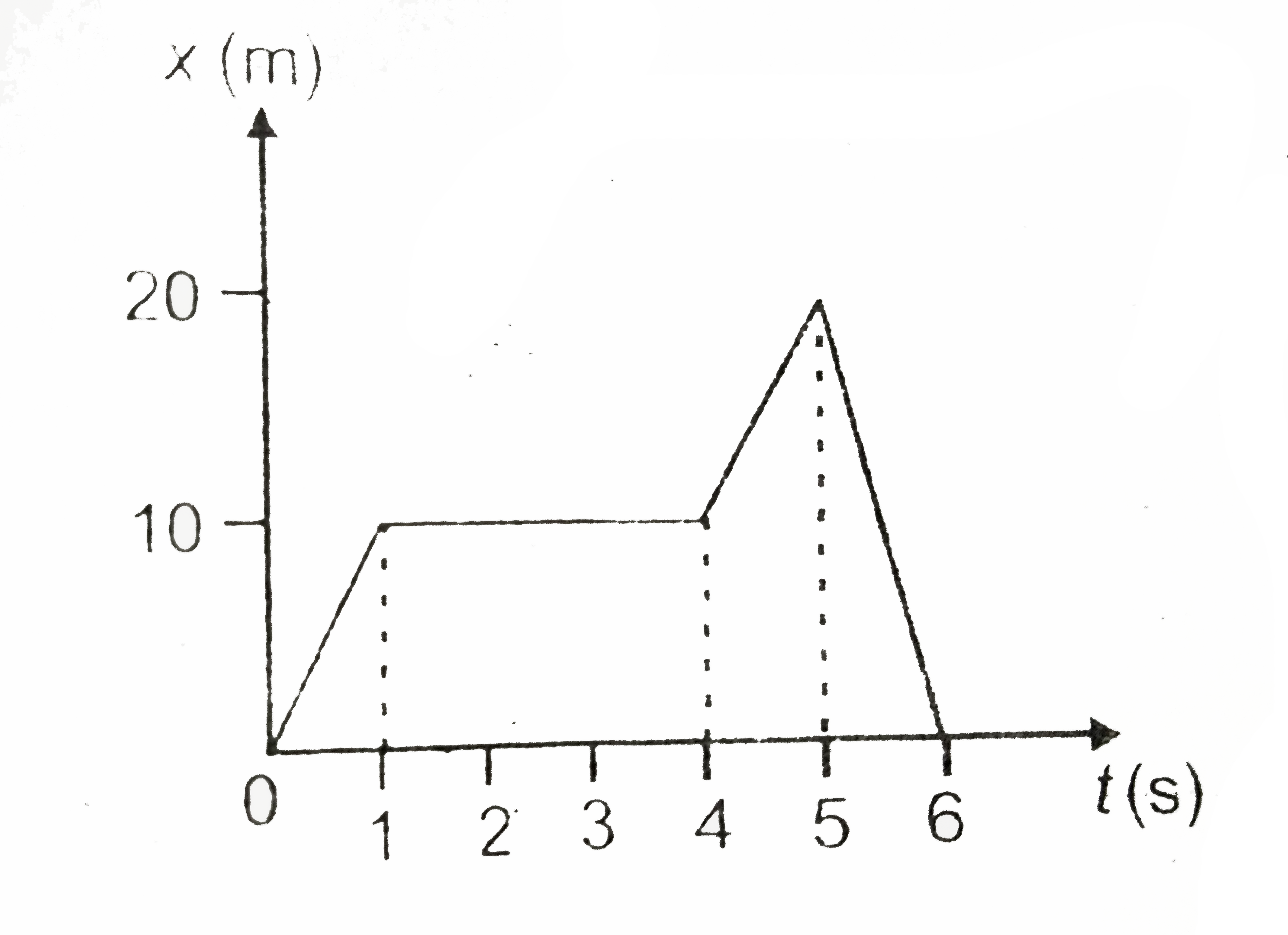The displacement s of an object is given as a function of time t
s=5t2+9t
Calculate the instantaneous velocity of object at t = 0.
The correct Answer is:9m/s
v=dsdt
Topper's Solved these Questions
- BOOK - AAKASH INSTITUTE ENGLISHCHAPTER - MOTION IN A STRAIGHT LINEEXERCISE - EXERCISE29videos
MOTION IN A STRAIGHT LINE
- BOOK - AAKASH INSTITUTE ENGLISHCHAPTER - MOTION IN A STRAIGHT LINEEXERCISE - ASSIGNMENT (SECTION - A)58videos
MOTION IN A STRAIGHT LINE
- BOOK - AAKASH INSTITUTE ENGLISHCHAPTER - MOTION IN A STRAIGHT LINEEXERCISE - ASSIGNMENT (SECTION - D)15videos
MOTION IN A STRAIGHT LINE
- BOOK - AAKASH INSTITUTE ENGLISHCHAPTER - MOTION IN A PLANEEXERCISE - Assignement section -J (Aakash Challengers Questions)7videos
MOTION IN A PLANE
- BOOK - AAKASH INSTITUTE ENGLISHCHAPTER - MOTION IN STRAIGHT LINEEXERCISE - Assignment (SECTION - J)2videos
MOTION IN STRAIGHT LINE
Similar Questions
The displacement x of an object is given as a function of time x=2t+3t2
Calculate the instantaneous velocity of the object at t = 2 sView SolutionThe displacement x of an object is given as a funstion of time, x=2t+3t2. The instantaneous velocity of the object at t = 2 s is
View SolutionThe displacement s of an object is given as a function of time t by the following equation s=2t+5t2+3t3. Calculate the instantaneous velocity of the object at t = 1 s.
View SolutionThe displacement (in metre) of a particle moving along x-axis is given by x=18t+5t2. Calculate (i) the instantaneous velocity t=2s (ii) average velocity between t=2s to t=3s (iii) instantaneous acceleration.
View SolutionIn the diagram shown, the displacement of particles is given as a function of time. The particle a is moving under constant velocity of 9m/s. The particle B is moving under variable acceleration. From time t=0s to t=6s. The average velocity of the particle B will be equal to :-
 View Solution
View SolutionThe displacement of a particle is given by y=(6t2+3t+4)m, where t is in seconds. Calculate the instantaneous speed of the particle.
View SolutionThe displacement (in metre) of a particle moving along x-axis is given by x=18t+5t2 Calculate (i) instantaneous acceleration.
View SolutionFigure shows the graph of x-coordinate of a particle moving along x-axis as a function of time. Average velocity during t = 0 to 4 s and instantaneous velocity at t = 4.113 s respectively will be
 View Solution
View SolutionThe velocity of an object moving rectilinearly is given as a function of time by v=4t−3t2 where v is in m/s and t is in seconds. The average velocity if particle between t=0 to t=2 seconds is
View SolutionA particle starts from origin with uniform acceleration. Its displacement after t seconds is given in meter by the relation x=2+5t+7t2. Calculate the magnitude of its
a. Initial velocity
b. Velocity at t=4s
c. Uniform acceleration
d. Displacement at t=5sView Solution

